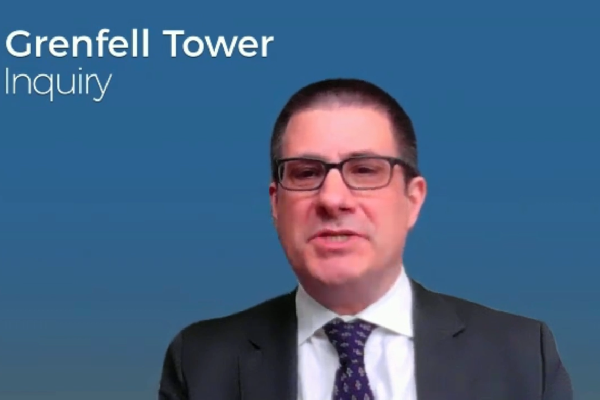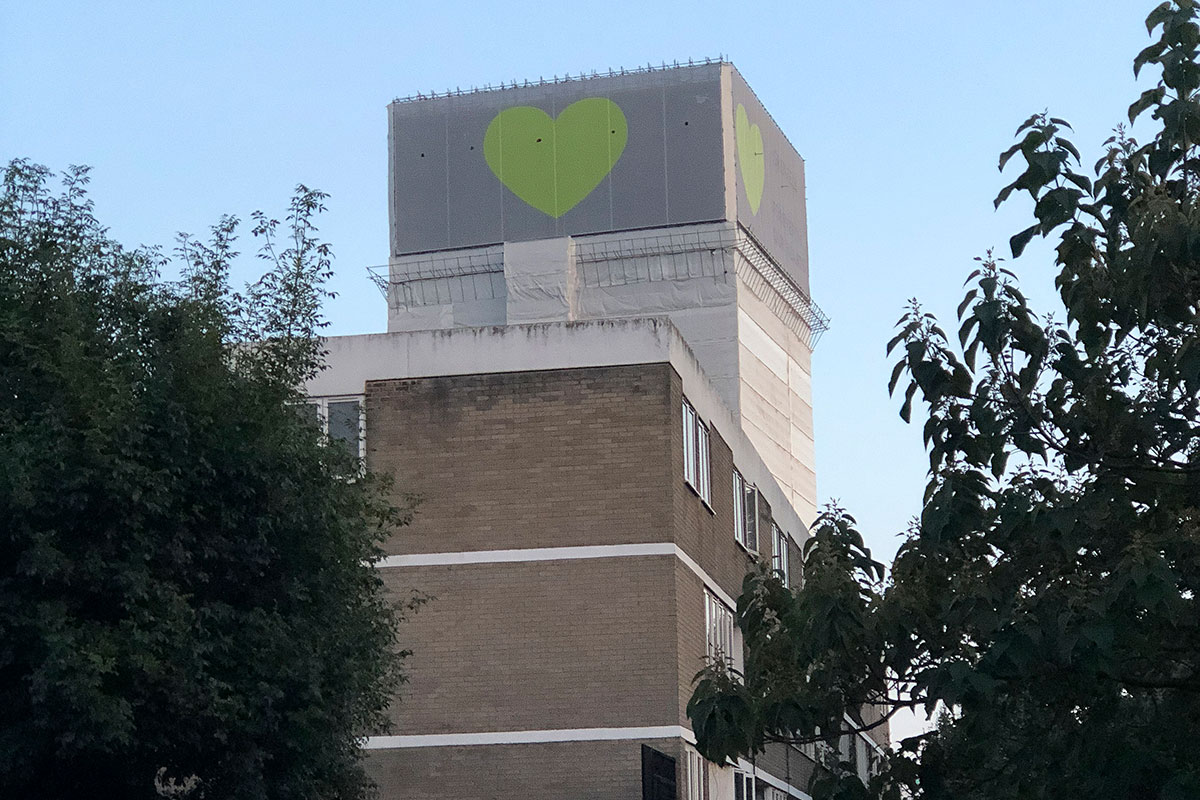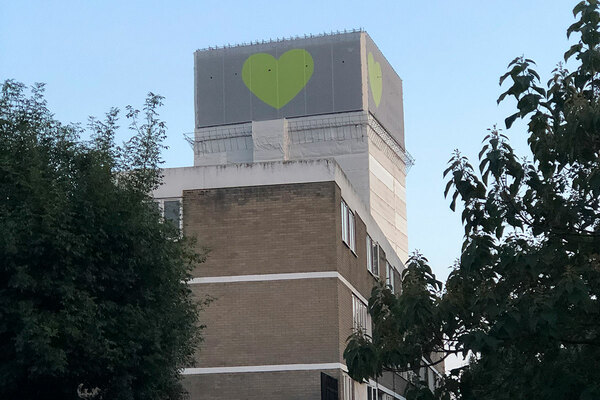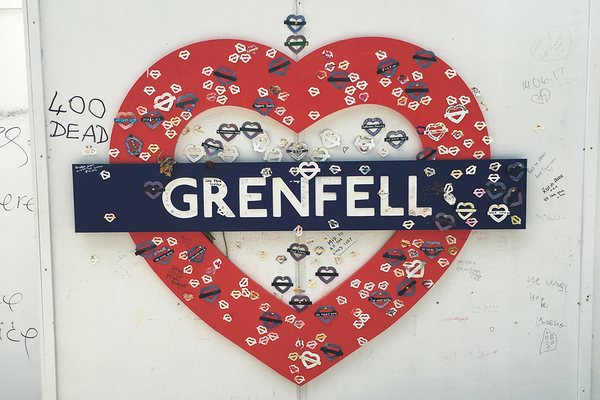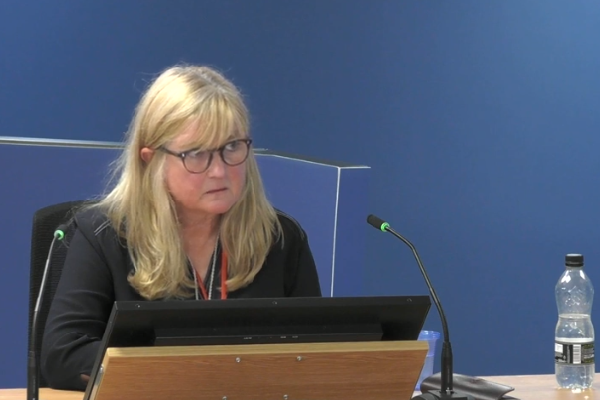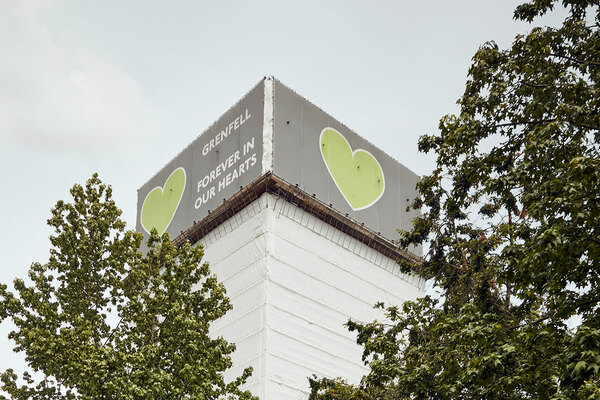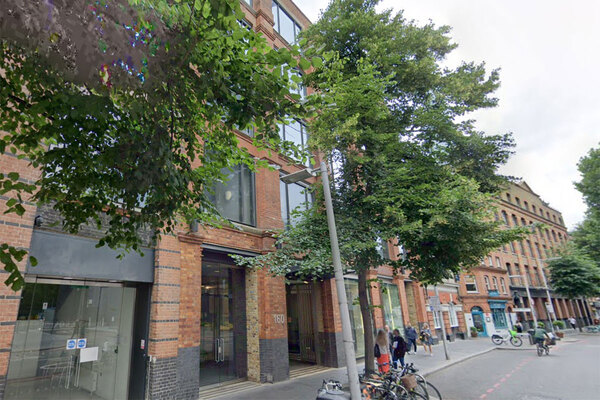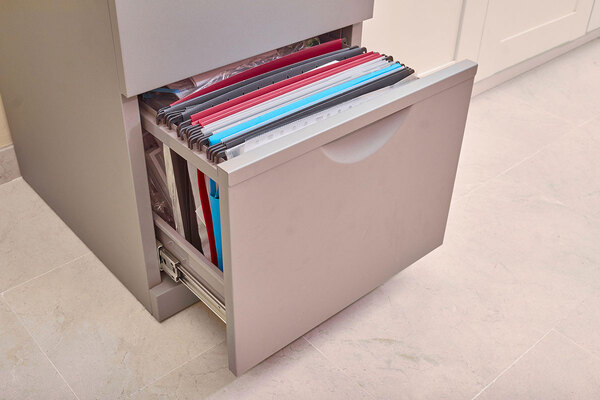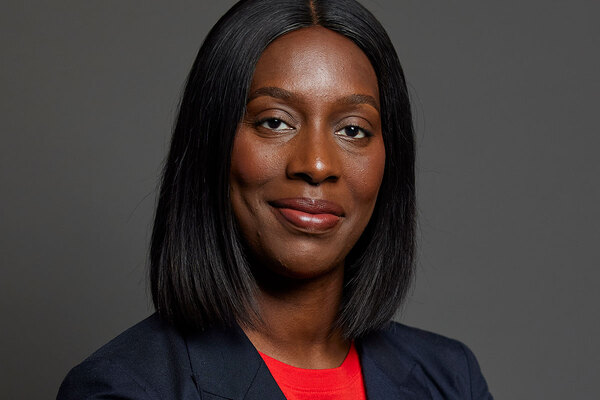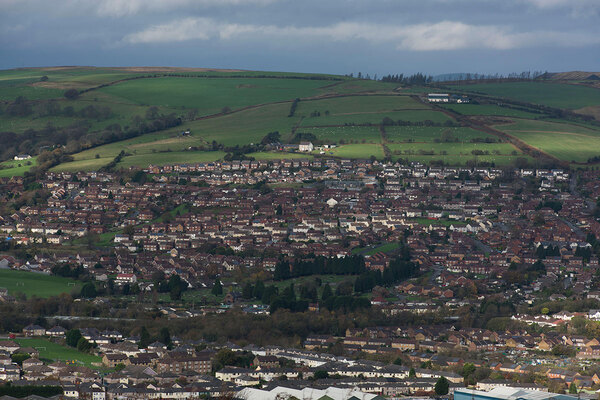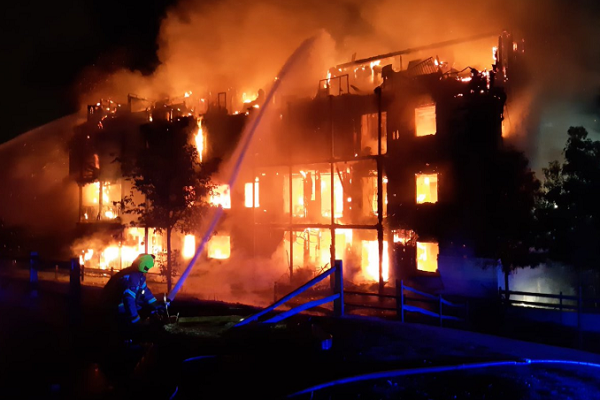Grenfell Tower fire ‘landmark act of discrimination against disabled and vulnerable’, say families’ lawyers
The Grenfell Tower fire was a “landmark act of discrimination against disabled and vulnerable people”, lawyers acting for survivors and bereaved have said, as they outlined a series of failures made by the council and its managing agent in the build-up to the blaze.
In hard-hitting opening statements for the phase of the inquiry examining social housing management today, survivors’ lawyers outlined a failure to identify or plan for residents of the tower who would struggle to evacuate, highlighting that 41% of the vulnerable residents of the tower died.
They also pointed to serious failures covering fire doors, the risk assessment of the tower and the dismissal of resident complaints relating to fire safety. They also said:
- Kensington and Chelsea Tenant Management Organisation (KCTMO) was “wholly reliant” on a single risk assessor for Grenfell Tower, Carl Stokes, who was said to have “invented some of his professional qualifications” and to have lacked a professional registration
- The Royal Borough of Kensington and Chelsea (RBKC) “cynically calculated” the cost of replacing defective doors against the legal risks, despite a serious fire at another block illustrating the danger of leaving this unfixed
- KCTMO deliberately withheld information on fire safety out of fear of criticism in a “patent abuse of power” describing it as “a non-functional, amoral organisation more interested in its reputation than keeping people safe”
- A letter sent by a leaseholder action group in 2010 warned of “a high probability” of the tower “becoming an inferno” with “no escape route” for residents
In an opening statement this morning, Stephanie Barwise QC, speaking for one group of the bereaved and survivors, said that the organisations had failed to record any occupancy profile of the residents of their homes, despite statutory obligations to do so.
Danny Friedman QC said the “neglect” of disabled and vulnerable residents made the fire “a landmark act of discrimination against disabled and vulnerable people”.
He said the law “does not appear to be in significant dispute” that identifying people who would struggle to evacuate and planning for them do so was required of social landlords.
But he said the council and KCTMO “now seek cover” for these breaches in the guidance contained in a guide prepared for the Local Government Association in 2011, which suggested this was unnecessary.
This guidance was authored by Colin Todd, who will appear as an expert witness during this module, but Mr Friedman said that Mr Todd’s role in “formulating and perpetuating the offending advice must itself be subject of scrutiny”.
In response, James Maxwell-Scott QC, appearing for RBKC, stressed that this LGA guide said it was “unrealistic” to expect social housing providers to offer personal evacuation plans, and said the inquiry would need to consider how reasonable it was for the council to rely on this advice.
James Ageros QC, appearing for KCTMO, added that the inquiry should consider its provisions in the context of this guide and the general stay put policy which he said “affected and largely determined its policy”.
There was also criticism of Mr Stokes’ risk assessments, with lawyers referring to one internal email that said he “sometimes makes statements which are not justified or supported”.
He was said not to have held professional registration (which is not obligatory for fire risk assessors) and Ms Barwise said he had “invented” some qualifications – although she did not expand on how.
It appears that the two key expert witnesses for this module will disagree over his work, with Dr Barbara Lane criticising him and Mr Todd, in the words of Ms Barwise, “at pains to exonerate” his work.
Mr Ageros, representing the TMO, said the organisation “considered Mr Stokes to be a competent fire risk assessor” and pointed to Mr Todd’s positive assessment of his work.
One key issue raised is the advice he gave relating specifically to the cladding. Despite not formally considering the cladding part of his review, he did offer an opinion on it – calling it “fire rated”.
In April 2017, following a fire in Shepherd’s Court that spread via window panels, the London Fire Brigade wrote to councils warning them to check building facades within risk assessments.
This email was simply forwarded on to figures at KCTMO by Laura Johnson, then director of housing at RBKC, with the words “fyi”. Ms Barwise said this lack of direct involvement showed “a staggering lack of concern only tolerable in a culture with scant regard for safety”.
Asked about this in May 2017, Mr Stokes responded with a two-paragraph email sent from his mobile phone saying that the cladding “complied with the requirements of building regulations”. He has since admitted not knowing what materials it was comprised of.
A key question during this module will be the standard of fire doors, many of which failed on the night – particularly due to broken self-closing devices – and did not meet legal minimum standards in tests after the fire.
Ms Barwise explained that a fire at Adair Tower, also in Kensington, in October 2015 saw smoke spread through communal areas because of a broken self-closer.
But despite this, she said that the council made “a cynical calculation” of the costs of replacing the doors against the potential legal consequences of leaving them unfixed.
She said that Ms Johnson had pushed for a programme of installing door closers to happen over five years rather than three “to make costs manageable” and advocated against a programme of annual checks as it would “have to be ongoing and therefore an additional cost indefinitely”.
Ms Barwise referenced an email from Peter Maddison, then director of assets and regeneration at KCTMO, wrote in an email in October 2016: “How can we best transfer responsibility [for maintenance of closers] onto the tenants?”
Mr Ageros accepted on behalf of the TMO that there was “undoubtedly a problem with door closers” but added “a programme was underway to retrofit them”.
Mr Friedman, speaking for the families, referred to a specific complaint made by resident Edward Daffarn about a door on his landing that did not self-close, which the TMO did not address.
“Joseph Daniels and Sheila died on that floor, Edward Daffarn survived only because he was dragged from the lobby by firefighters, people coming down the stairs saw smoke filling them up, most likely from Floor 16, and we know that this is one of the reasons why they then went back upstairs to their death,” he said.
He said that the organisation had “an obsessive defensiveness” towards Mr Daffarn and that it withheld information Mr Daffarn requested, for example about the deficient smoke ventilation system.
“For the TMO to withhold information because they did not like what their critics do it was unlawfully perverse and a patent of abuse of power,” said Mr Friedman.
An internal RBKC email described the tower as “a bad-tempered place” and complained that a “general crossness has lingered and is stoked by various individuals with their own agenda”.
Mr Ageros responded that KCTMO “had in place systems for dealing with residents concerns and complaints” and that its performance was “monitored internally and externally”.
In a further opening statement for a different group of survivors, Michael Mansfield QC set out the case of a tower resident who suffered from bowel cancer but was left without a working toilet for six months.
He also presented a letter from Shah Ahmed, a resident of the 18th floor and former chair of the tower’s leaseholder association, which was sent to Robert Black, chief executive of KCTMO, in September 2010.
The letter raised concerns about the safety of the tower following a fire in September 2010 and warned that some residents “had nearly died due to smoke inhalation and suffocation”.
“With its interior staircase and malfunctioning smoke ventilation system there is certainly a high probability that in the event of another fire the whole building can become an inferno,” he wrote, adding that there would be “no escape route” for many residents.
Earlier, Richard Millett QC, lead counsel to the inquiry, said that this module will be split into three topics: the fire-related complaints of residents, the extent to which RBKC and KCTMO complied with their legal duties, and finally the passive and active fire safety measures in the tower.
The module is also set to investigate issues relating to the smoke ventilation system – which was defective – and the inadequacy of lifts, both of which lawyers today said contributed to deaths on the night of the fire.
The lifts were wrongly identified as firefighting lifts by Mr Stokes, when they were not, meaning the fire brigade were unable to use them to transport equipment and effect rescues on the night of the fire.
The inquiry continues.
Sign up for our weekly Grenfell Inquiry newsletter
Each week we send out a newsletter rounding up the key news from the Grenfell Inquiry, along with the headlines from the week
Already have an account? Click here to manage your newsletters
